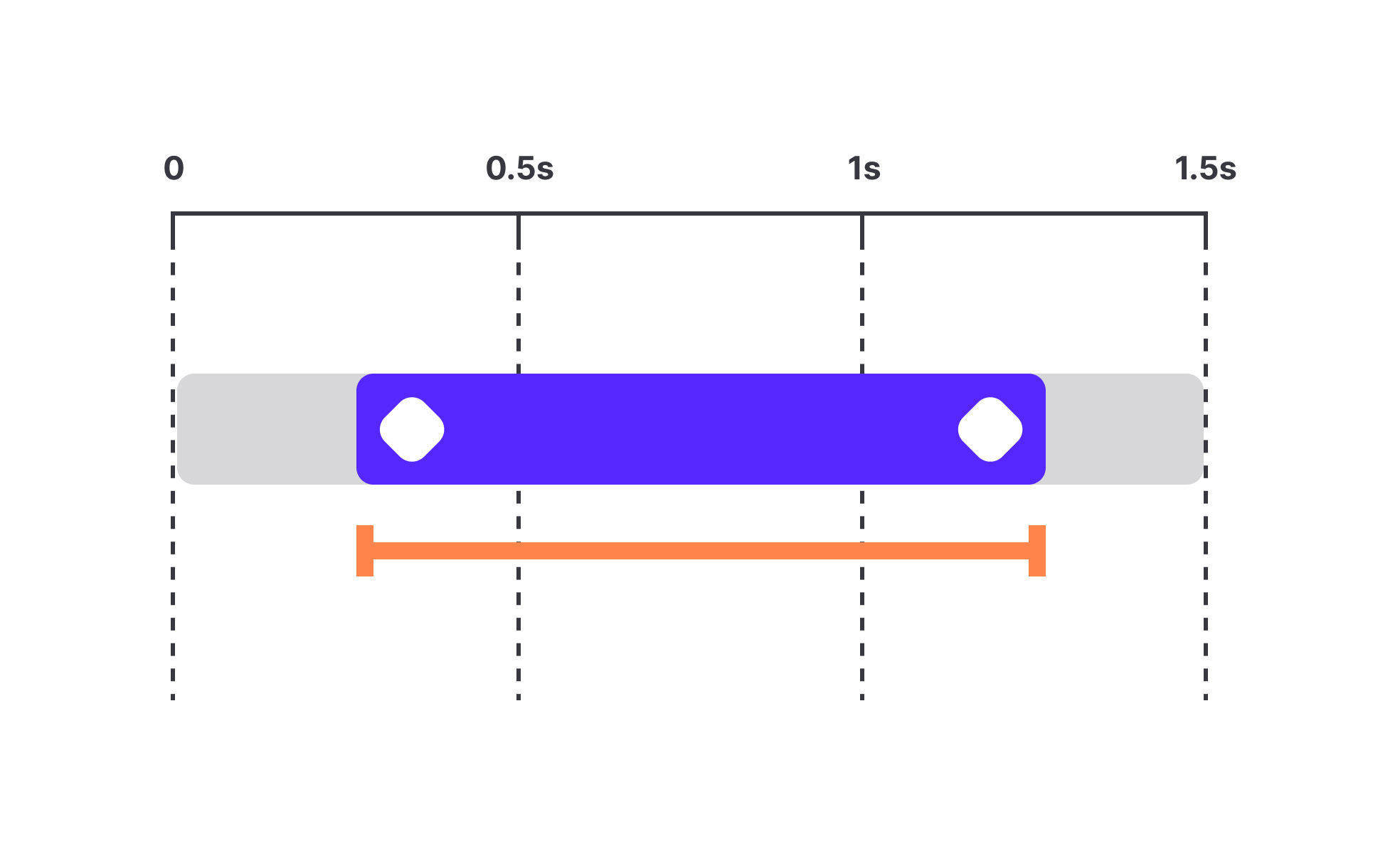Duration
Duration in design and product management refers to time-based elements such as animations or project milestones, shaping usability and delivery outcomes.

Duration is a multifaceted concept that applies to both design and product management. In UI design, it often refers to the length of animations, transitions, or feedback indicators. In product management, it describes how long tasks, sprints, or project phases take to complete. In both contexts, duration directly affects user satisfaction and team performance.
In UX, the duration of animations determines how smooth or responsive an interface feels. Animations that are too fast may appear abrupt, while those that are too slow can frustrate users. Research suggests that ideal durations for micro-interactions range from 200 to 500 milliseconds, striking a balance between speed and clarity.
From a product management perspective, duration connects to deadlines and delivery. Task duration influences sprint planning, resource allocation, and release cycles. Underestimating duration often results in scope creep or missed milestones. Accurate estimation methods, such as story points and velocity tracking, help teams plan realistically.
Duration also impacts perception of performance. Even if an action like loading takes the same amount of time, presenting a smooth animation or progress indicator makes the wait feel shorter. Designers often use duration strategically to mask latency. For instance, mobile apps show skeleton screens during loading to keep users engaged.
Real-world applications highlight its importance. Google’s Material Design specifies exact durations for transitions to create consistency across devices. In project management, companies like Atlassian emphasize realistic time tracking, linking task duration directly to sprint health and delivery reliability.
Balancing duration is challenging. Overly rigid timelines can burn out teams, while excessive flexibility can slow momentum. Similarly, animations that feel natural on desktop may feel sluggish on mobile, requiring careful adjustment. The best outcomes come from iterative testing, measuring both usability and team efficiency.
Learn more about this in the Test Duration Planning Exercise, taken from the A/B Testing Lesson, a part of the Product Analytics Course.
Key Takeaways
- Duration affects both animation timing and task planning.
- In UX, ideal micro-interaction duration is 200–500 ms.
- Accurate duration estimates improve project delivery.
- Perception of time is as important as actual time.
- Balance avoids both burnout and user frustration.
Users don’t just measure actual time, they perceive time based on feedback. A half-second animation may feel smooth, while the same half-second delay without feedback feels slow. This difference underscores why designers carefully tune animation duration.
Adding elements like progress bars or skeleton screens further alters perception. They assure users that progress is happening, making waits feel shorter and less frustrating.
Teams often struggle with estimation because they rely on optimistic assumptions. Better outcomes come from using historical data and collaborative planning. Agile practices such as story points, velocity tracking, and retrospectives improve accuracy.
Even with strong methods, estimation remains imperfect. Teams should treat duration as a flexible guide, updating expectations as real-world conditions change.
While research suggests 200–500 ms as ideal, no single number works for every context. Longer durations may suit large transitions, while micro-interactions benefit from faster timings. Context, platform, and user expectation all matter.
The best approach is iterative testing. Designers should observe real user behavior, refining durations until they feel natural within the product’s context.
Recommended resources
Courses

UX Design Foundations

Design Terminology







